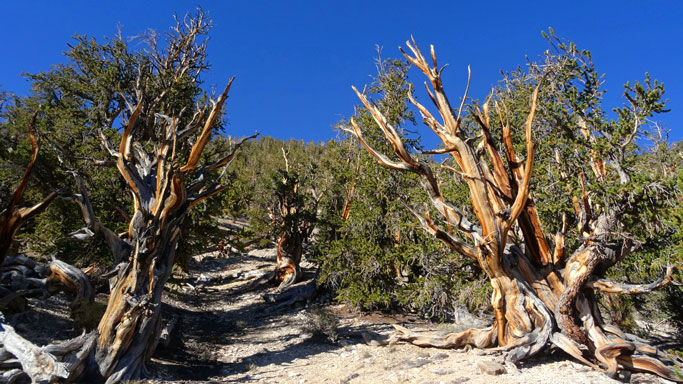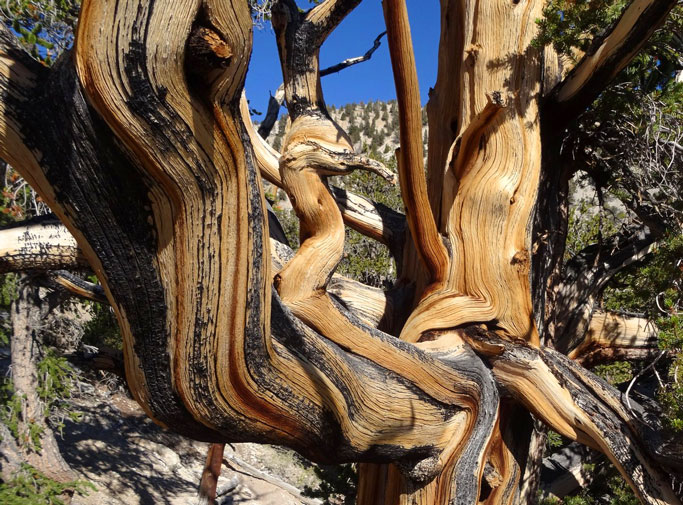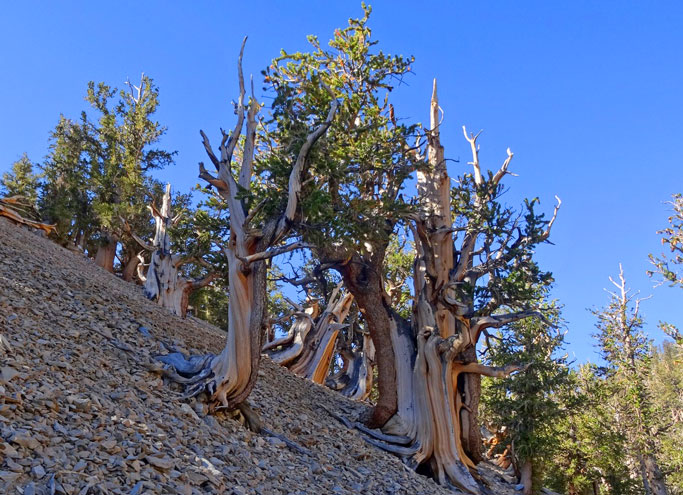Comments from the Chair
SAWS rate increases
On December 7, COSA (City of SA) City Council will vote on a new set of rate increases by SAWS. PLEASE notify COSA of your opposition, even if you are not “represented” (i.e. don’t live in SA). These rate increases are unfair (as detailed by Conservation Chair Meredith McGuire).
The Nov 9 vote was postponed, we think because of internal Council opposition. We are disappointed that Mayor Nirenberg is giving strong support to the SAWS rate increase. As I have testified, Alamo SC and SA citizens are not opposed to paying for necessary infrastructure improvements like EPA mandated clean up of sewer and storm water systems. And we are certainly in support of funding real protection for our primary water source, the Edwards Aquifer. HOWEVER, we do oppose misguided and unnecessary water supply projects (like Vista Ridge) designed to promote us as “waterful”.
We oppose SAWS acting as a prime marketer for SA and Hill Country growth. We oppose Mr. Puente making twice the salary of his peer group. We oppose him receiving huge bonuses on top of that. We oppose the current SAWS rate structure that unfairly burdens many groups in SA while benefiting large water wasters.
Now is the time for COSA to take back control of SAWS from developers, to send the SAWS rate structure back to the drawing table to be redone, to rein in Mr. Puente’s salary, to take control over bonus pay outs, and to refocus SAWS on its primary purpose of providing adequate (but not always abundant or "waterful"), safe and affordable water for the people of SA.
Climate Action and Adaptation Plan
On December 7, COSA, CPS and UTSA will have a joint program announcing their collaborative Climate Action and Adaptation Plan (CAAP). This will be an 18 month process to develop a robust set of guidelines for bringing SA into a sustainable, equitable future, minimizing our contributions to climate change, and maximizing our adaptation strategies to equitably deal with coming changes.
After three decades of well designed, largely successful political stonewalling and denial, climate changes are already here, the corporate profits are in, and we must make the best of a bad situation. Maybe someday we can get some small kind of compensation from those behind 30 years of misinformation, as was eventually achieved with the tobacco companies. As a physician I remember the tobacco approach well, and see it all over again in climate denial.
We will be pushing SA to target net ZERO carbon emissions by as soon as realistically possible (many other cities are aiming for 2040 already). We will be pushing for every part of the community to be involved in this CAAP process, so that the results are usable, and supported by the full community.
EPA continues to ignore air pollution laws
The EPA continues to refuse to designate SA as in non-attainment for ozone, despite the data, and the law. Our Alamo Area Council of Government (AACOG) tries to put a positive spin on this. However, in the meantime without designation, our available tools to address our ozone problems are very limited.
We believe we need to do all we can to improve our air quality. While Eagle Ford drilling and pollution transport from there and other parts of Texas and Mexico are major contributors to our problems, that is no excuse to do nothing. Ozone and particulates are harming life and longevity here right now, and improvements are possible and necessary now.
More highways in SA
Texas Department of Transportation (TXDOT) continues to push for numerous highway expansion projects around SA, under the misguided belief that these will help our congestion. Even their own data, however, routinely show only a few years of benefit before conditions return to pre-construction levels of congestion. They also largely overlook the years of worse congestion caused by the construction itself.
There has to be a better way, and there is. It is time to improve transit, to free buses from street and highway congestion, to implement managed lanes, and yes even forms of tolls and rail. These solutions are especially vital in light of our deteriorating air quality.
Sierra Club elections
Sierra Club elections are now for Lone Star Chapter and Alamo Group Executive Committee members. Please look out for email alerts and vote online. It is terribly expensive for us to send out thousands of ballots by mail and get only a handful returned. Please vote. Please respond to email, voicemail and/or post card alerts (the last hopefully only a handful to those who won’t provide email or phone information, costing us this extra expense, money that needs to be used to save our planet!).
by Terry Burns, M.D., Alamo Group Chair
Update on the Climate Breakdown
Elizabeth Kolbert has a good update, in the New Yorker, on our chances of surviving the climate breakdown (aka "climate change" - Ed.). Entitled Can Carbon-Dioxide Removal Save the World?, the article details the current science on the feasibility of the removal of carbon dioxide from the atmosphere to reduce the concentration.
The concentration of CO2 is now at least 410 parts per million and rising; it hasn’t been this high for about 3-1/2 million years, when sea levels were sixty feet higher. The emissions reduction pledges made in the Paris climate accord are probably not sufficient to avert catastrophe. Humanity releases a billion tons of carbon dioxide into the atmosphere every 10 days. Although the world has known of this problem since 1990 at the latest, we have continued to increase our annual greenhouse gas emissions; 2016 saw a record jump of CO2 in the atmosphere.
The planet has already warmed by 1°C (1.8°F). Another 0.5°C is locked in from past emissions not yet settled in the atmosphere. The Paris goal of keeping warming below 1.5°C is not possible, and below 2°C very unlikely, unless we can reverse atmospheric CO2 through “negative emissions.”
The U.N.’s International Panel on Climate Change now says that carbon dioxide removal is likely a necessary step to reaching the Paris goals, in addition to gradual elimination of emissions. The idea is to remove hundreds of billions of tons of CO2 and then dispose of it, probably by shoving it back deep underground. The technology has been developed on a small scale.
This could become a trillion dollar industry. To make it viable will require massive political will and investment. Meanwhile, the Trump administration has cancelled the Clean Power Plan and pledged not to abide by the Paris accord.
by Darby Riley, Executive Committee member and Climate Change Issue leader
The Oldest Living Organisms
The oldest known single organisms are Great Basin bristlecone pines, Pinus longaeva, which exist in northeastern California, northern Nevada and Utah. The very oldest one is in Ancient Bristlecone Pine Forest Preserve, Inyo National Forest, northeast of Yosemite National Park. One has been determined to be about 5067 years old. This one along with its predecessor oldest, Methuselah, are unmarked to prevent vandalism. They are somewhere near the Methuselah Trail in Schulman Grove, a 4.2 mile loop that gets up to 10,200' elevation.
There are some bristlecones in Bryce Canyon National Park and Great Basin National Park. In the latter there is a grove easily accessible from a campground, and others more remote. I was planning on seeing some in Great Basin August 2010, but my feet were complaining seriously after coming down Wheeler Peak so I gave up. There was an article with photos in the April 2017 issue on Great Basin. Needs another visit obviously.

There are older colonies of organisms (clones), including Pando, an aspen grove thought to be 80,000 years old. Here is a Wikipedia article on the larger picture.
The oldest bristlecone pines look pitiful and mostly dead, more so than the ones in these pictures taken September 2014. The ones in spots with the best conditions grow faster and have lighter wood that is more susceptible to insects and decay.


by Kevin Hartley, Alamo Group Outings leader

Outings: The Call of the Wild
Visit the Alamo Sierra Club Outings page on Meetup for detailed information about all of our upcoming Sierra Club Outings.
The Alamo Sierran Newsletter
Richard Alles, Editor
Published by The Alamo Group of the Sierra Club, P.O. Box 6443, San Antonio, TX 78209, AlamoSierraClub.org.
The Alamo Group is one of 13 regional groups within the Lone Star Chapter of the Sierra Club.
Keep your email address current!
Send updates to Loyd Cortez, providing your name, address and membership number (if known).
Changed your mailing address?
Have you moved? Let us know by sending your old address, your new address and your member number (look on the upper left corner of your mailing label) to: address.changes@sierraclub.org.
Go online for the latest news and events
 |